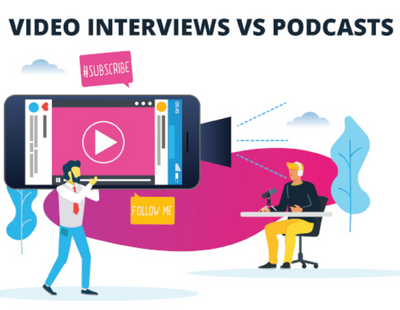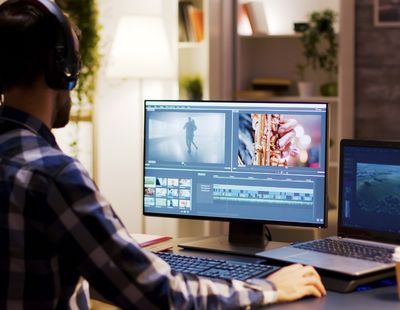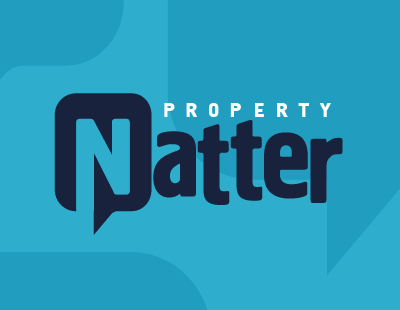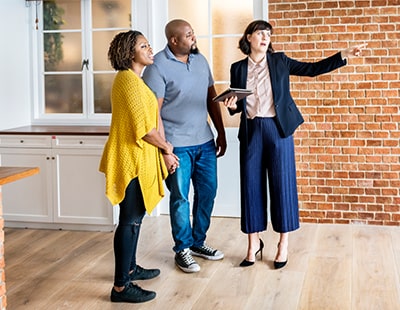How are podcast interviews different from video interview?
Podcasting is normally audio-based only, although there are a few podcasters that live stream their podcast interviews - and they can sometimes be video-based. Typically, video interviews on platforms such as YouTube offer more of a visual engagement element and they tend to be more bite-sized, edited down and snappier. Podcasts, by contrast, can be listened to when people are multi-tasking, while video interviews are keener to grab a follower’s attention.
Podcasts are usually longer-form, more conversational, more off-the-cuff and less edited. What is certain is that podcasting is a great way to reach out to a community that you might not be able to reach otherwise. It’s almost like the early days of blogging, where it’s only limited by your imagination and what people will actually be interested in.
The pandemic gave a boost to podcasts as many people joined the podcast party. In recent months, a number of property podcasts have hit the airwaves as the sector starts to embrace this medium.
Video interviews, meanwhile, can enjoy fantastic levels of reach and exposure. YouTube has an extraordinary 2.1 billion active monthly users worldwide and a huge range of content producers penning videos on all manner of things..
YouTube has been around for a long time and is popular with a more mainstream audience, although podcasts are fast catching up with a presence on platforms like Spotify, Apple and BBC Sounds.
Video Interviews
What are the pros?
Undoubtedly, video is one of the best mediums to retain a viewer’s attention. On average, 37% of video viewers will watch to the end, with that number rising to 53% with videos under 90 seconds.
As an agent or supplier, using video as part of your marketing strategy or taking part in video interviews means that your audience will get a glimpse of what you are up to and who you are, while providing some valuable insights and educational content, all in one.
Additionally, audiences like interactive content as there is an additional human element involved with watching and listening to someone being interviewed, for example.
Video can help add humanity to a brand when we put faces to voices. What’s more, video interviews generate more interaction are more social-media friendly and shareable, opening them up to a potentially wider audience
When we look at conversions, adding a video to a landing page can increase conversion rates by up to 80%, and mentioning the word “video” in an email subject line increases open rates by more than 19%.
According to Google, conversions from YouTube video ads are up 150% year-over-year. On social media, videos have an organic reach that’s more than 8% higher than any other type of post, and also have 48% more views.
What are the cons?
Once produced, videos are not regarded as evergreen and, unlike written content, where edits or amends can be made with any unexpected changes of plans, this is more complicated with video. It can be difficult to make even small changes or repurpose the same content if it soon goes out of date.
Podcasts
What are the pros?
Podcasts allow for content that is more organic and conversational, with more of a bond created between the podcast hosts and guests and the audience. The fact that podcasts are very often non-scripted allows for a stronger connection with audiences and a more spontaneous vibe.
One factor that stands out as an advantage is that the non-scripted emotions and personalities heard in a podcast allow you to build a strong relationship with audiences, building trust and painting your business and colleagues in a positive light.
Podcasts are becoming ever-more popular nowadays, partly because they are so flexible and, unlike written or video content, can be consumed more easily at any time, wherever and whenever. Whether you’re doing the gardening, out on a run or cooking up a meal.
To this end, it comes as no surprise that around 35% of podcast fans listen to whole episodes without skipping through any part of them, and that the majority listen to an average of seven shows a week. Podcasts are great at drawing back their audience each time with a specific tone and structure and, often, different guests to keep things fresh.
What are the cons?
While video is becoming more commonly used throughout the industry, podcasts still remain largely niche.
Unlike YouTube, there is typically no visual aspect involved with podcasting, and episodes often run for at least 30 minutes, which means there could be a greater chance of someone getting distracted while listening to a podcast, since you’re only tapping into their auditory senses.
Creating a basic podcast can also be more challenging than anticipated as you’ll need a microphone or a standalone audio recorder with a USB as well as audio recording and editing software. You also have to wait up to four days to be accepted by iTunes, whereas on YouTube, anyone with a Gmail account can upload a video in minutes. The minimum amount of equipment needed to create a video for YouTube is a smartphone.
There is also the issue with shareability. Some platforms are for iOS only and won’t play on Android devices and vice versa. This can make sharing a previous episode in the show notes difficult. On YouTube, people can always watch your videos in the browser of their phone if they don’t have the YouTube app.
We can see from above that both video interviews and podcasts have significant benefits. Here at Angels Media, our CEO Nat Daniels and I regularly chat with the industry – whether it be agents, suppliers or PropTech gurus – about topical issues and the burning questions facing the property market.
If you would like to get involved, please email lee@angelsmedia.co.uk or call us on 020 663 4989.
*Lee Dahill is Director of Sales and Brand Management at Angels Media, publishers of the Today sites
























Join the conversation
Be the first to comment (please use the comment box below)
Please login to comment